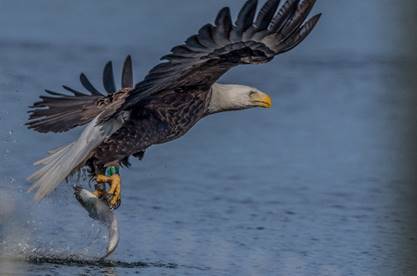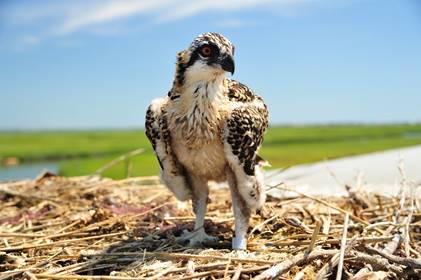Albany Street Bridge over the Raritan in New Brunswick
Having spent four years at Rutgers College, I heard and sang the alma mater plenty of times at events.
"On the Banks of Old Raritan" (
listen to it too)was more than a song in those years, because I spent a lot of time on the actual banks of the river and staring at it from my river dorm window (and flying some masterfully made paper planes over it to
Johnson Park).
And so I settled down,
In that noisy college town,
On the banks of the old Raritan.
 The River Dorms
The River Dorms
The Raritan River is New Jersey's largest river that is entirely contained in the state.
Its watershed drains much of the mountainous area of the central part of the state, emptying into the Raritan Bay on the Atlantic Ocean. There are 1,100 square-miles of rivulets and streams that spill into the Raritan. The river's source is Budd Lake in the more rural northwestern part of the state. Its path through the state takes it through 100 municipalities and seven counties to an industrial end in Middlesex County.
The Raritan River forms at the confluence of the North and South Branches just west of Somerville. It flows 16 miles before slowing in tidewater at New Brunswick. Its estuary extends 14 miles more until the Raritan Bay at South Amboy.
So, naturally, there would be some further Raritan and Rutgers connections. The
Sustainable Raritan River Initiative is one where Rutgers and the over thirty partner organizations and businesses are collaborating to restore and revitalize the Raritan River.
The threats facing the Raritan include over 150 significantly contaminated sites, the legacy of its industrial heritage, and stormwater runoff that erodes riverbanks and brings trash and pollutants into the waterway, the legacy of antiquated infrastructure in a highly urbanized region.
The lower watershed, cited as 14th among US rivers polluted by direct and sewer discharges of toxic chemicals (from 1990-1994), has been heavily impacted by intense industrial and storm runoff pollution and heavy flooding due to extensive urban impervious surfaces and climate change.
But the Raritan River basin also has spectacular natural areas, wildlife habitat, trails and recreational boating areas. It also has scenic waterfront redevelopment opportunities that create the potential for long-term balance and sustainability for the River and the towns that border it.
Some History
The Raritan River was an important water transportation route for the Native Americans. The “Raritan” was an Algonquin word meaning “stream overflows.” The Raritan people were also an Algonquin tribe.
In colonial days, early industry around developed along the Raritan around New Brunswick. During the Revolutionary War, the river provided a means for troop conveyance.
However, before the American Revolution, early Dutch settlers built grist mills on the Raritan, called the “Forked River” by Native Americans.
In the 1830s the Raritan-Delaware Canal provided a waterway connecting Philadelphia and Pennsylvania’s coal fields to New York.


The Lower Raritan Watershed’s environmental health has rebounded over the past decade, but there is a long way to go. Bald eagles, peregrine falcons, and osprey again soar the Raritan skies, and a thriving fish population has helped seals, otters, and marine life recover here.
The
Edison Wetlands Association (EWA) Raritan River Project has fought since 1989 for the cleanup and restoration of the hazardous waste sites posing the greatest threats to human health and environment.
The Lower Raritan Watershed has a disproportionate amount of the NJ 25,000 toxic waste sites draining into its watershed. Most of these are not remediated to levels that are protective of human health or the environment. Federal and State regulatory agencies responsible for cleaning up these sites have abdicated their responsibilities and the pollution remains unchecked. Over-development threatens the remaining natural areas along the Raritan and her tributaries.
To end on a positive note, the relatively pristine Upper Raritan is a habitat for endangered ancient wild brook trout. It is challenged by an excessive deer population that is seriously reducing vegetative and forest renewal and by the need to preserve its farms and open space.
“Ode to the Raritan, Queen of Rivers”
by John Davis, 1806
All thy wat’ry face
Reflected with a purer grace
Thy many turnings through the trees,
Thy bitter journey to the seas,
Thou Queen of Rivers, Raritan!
More...















